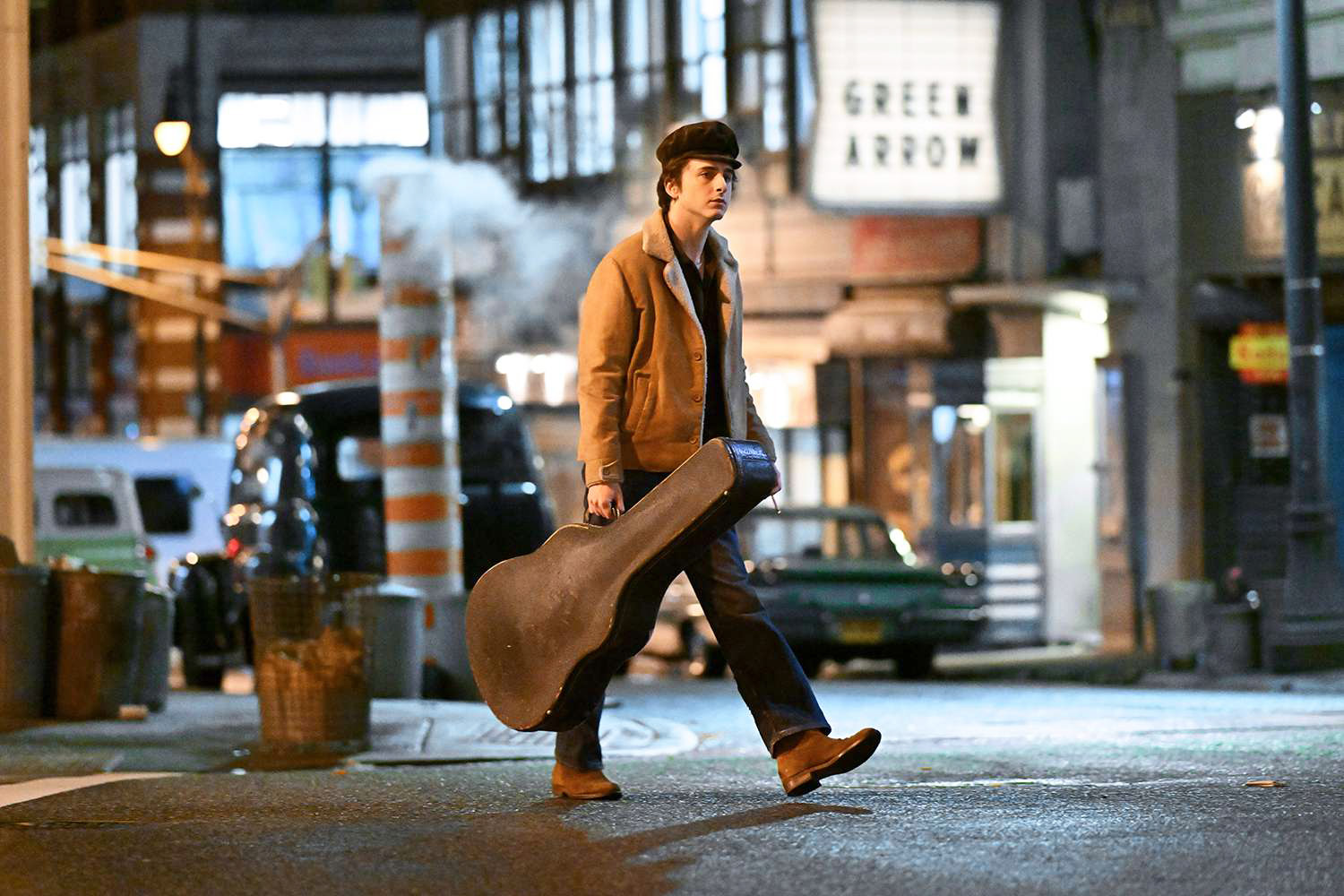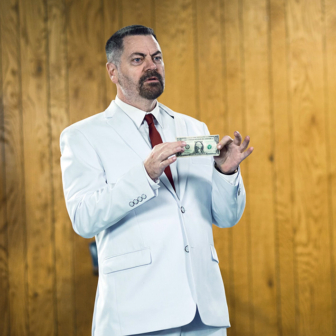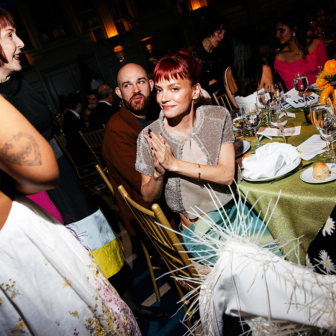“Folk” is the most slippery label in music, whether as a prefix to “song” or “singer.” It has long been used interchangeably with “traditional” to denote songs, the origins of which are buried centuries-deep in the anonymity of an oral tradition. But from the late 1950s, a “folksinger” could also be a singer of new songs, often self-penned, usually protesting about some sociopolitical issue, always on the side of the underdog, occasionally amusing, mostly rather earnest. When they weren’t overtly political, the songs were personal (which, in the 1960s, was still political) and confessional. The singers of these new songs played acoustic guitars, and today that’s really all it takes — the instrument itself — to earn a singer the “folk” label. I try to avoid it.
For some, mostly those who have not been paying attention, Bob Dylan is regarded as a folksinger. He started out singing traditional songs, moved on to protest songs and then more personal songs, always with an acoustic guitar, so he ticked all the boxes. But for the past sixty years he has played an electric guitar in front of a band, his songs hardly ever traditional or political or even that personal — certainly not confessional; the last thing Dylan wants is his listeners getting too close. In concert, he has generally paused to perform a solo bracket of two or three songs with acoustic guitar, but that’s it. These days, approaching his eighty-fourth birthday and showing no signs of giving up his relentless touring, he tends to spend the evening seated at a keyboard.
James Mangold’s new film, A Complete Unknown, takes its title from “Like a Rolling Stone,” one of the songs that best captures the moment Dylan “went electric” at the Newport Folk Festival in 1965, and it does a good job of explaining the controversy that surrounded the choice, given that from the twenty-first century it is hard to understand the fuss. (A caption before the final credits points out that, since 1965, Dylan has released fifty-five more albums.)
The fact that previously loyal fans might have felt so betrayed that they booed, one of them shouting “Judas” (actually in Manchester in 1966, but at Newport in Mangold’s movie), is testament to a zeitgeist characterised by political engagement and “folksingers” with acoustic guitars. By 1964, the year of his highly political album The Times They Are a-Changin’, Dylan, aged twenty-three, was the anointed leader of that movement. But he was an unwilling leader, and that same year had made his first break with one aspect of “folk” by releasing a second album, Another Side of Bob Dylan, that contained apolitical songs and one or two that announced his rejection of that leadership role: “I was so much older then, I’m younger than that now.”
From the start, as A Complete Unknown underlines, Dylan refused labels and disparaged fame. From time to time he would do his best to sabotage his own career. Self Portrait, his 1970 album of rough demos and half-baked covers — a double album, no less! — prompted Greil Marcus’s famous review (“What is this shit?”) in Rolling Stone. Later, he took to leaving his best songs off albums, “Blind Willie McTell,” a certifiable masterpiece, failing to make the final cut of Infidels (1983); “Series of Dreams” was missing from Oh Mercy (1989). And this is to say nothing of decades of disobliging interviews, feeding surreal garbage to benighted journalists.
When you have fans going through your actual garbage, it must be very tempting to throw them off your track. As recently as 2019 Dylan was encouraging Martin Scorsese to include lies in his documentary, Rolling Thunder Tour, among them, having Sharon Stone describe the affair she had with the singer when she was nineteen.
Mangold’s film is hugely enjoyable and at two hours and twenty minutes not overlong, even for my fourteen-year-old daughter, a Dylan neophyte. Edward Norton is touchingly pitch perfect as Pete Seeger and Timothée Chalamet, while occasionally slipping into Brando, pretty much nails Dylan, not only the speech but also the singing and playing (the neophyte was much impressed). I often wonder in biopics what the difference is between acting and impersonation, but perhaps I’m being churlish.
Structurally, the film is perfectly linear, albeit with holes in the history and some of the details fudged to keep the narrative moving. But it’s not afraid to engage with Dylan mythology, including the old canard that during the Newport set Seeger picked up an axe and attempted to carve through the cables supplying electricity to the stage. It’s untrue, but too good a story to ignore, so Mangold has him eyeing an axe before looking to his wife Toshi (Eriko Hatsune), who slowly shakes her head.
The one thing I was left wanting was for the music to play more of a role. We had a few glimpses of what might have been, for example the moment a fracture appears in the relationship between Dylan and his girlfriend Sylvie (a pseudonymous representation of the real life Suze Rotolo). Dylan immediately begins playing the guitar introduction to “Don’t Think Twice, It’s All Right” as though he’s already at work on his famous break-up song. But there’s no sense of the music leading the narrative as it sometimes did in both Bohemian Rhapsody (2018) and Rocketman (2019). Given that this is a film, in part, about a new sound, the sound itself might have been allowed more space to make itself known and lead the narrative.
I was reminded of a scene in The Glenn Miller Story (1954) where Miller, at his wits’ end, comes up with the grail-like “Glenn Miller sound.” It emerges, layer by layer, as we see Miller writing the walking bass of “Moonlight Serenade” on manuscript paper and we hear what he’s writing. Piano chords join the bass, then muted trombones and trumpets, then saxophones, then finally the clarinet lead. As we listen, the shot widens as though allowing room for the sound to expand, before showing us Miller conducting his band, first in the rehearsal room, then in a dance hall, the crowd madly applauding as the trumpets and trombones get to their feet on the bandstand.
It’s musically and dramatically thrilling, still. The music itself is telling the story, while James Stewart, as Miller, isn’t trying to sound like anyone but himself. •




